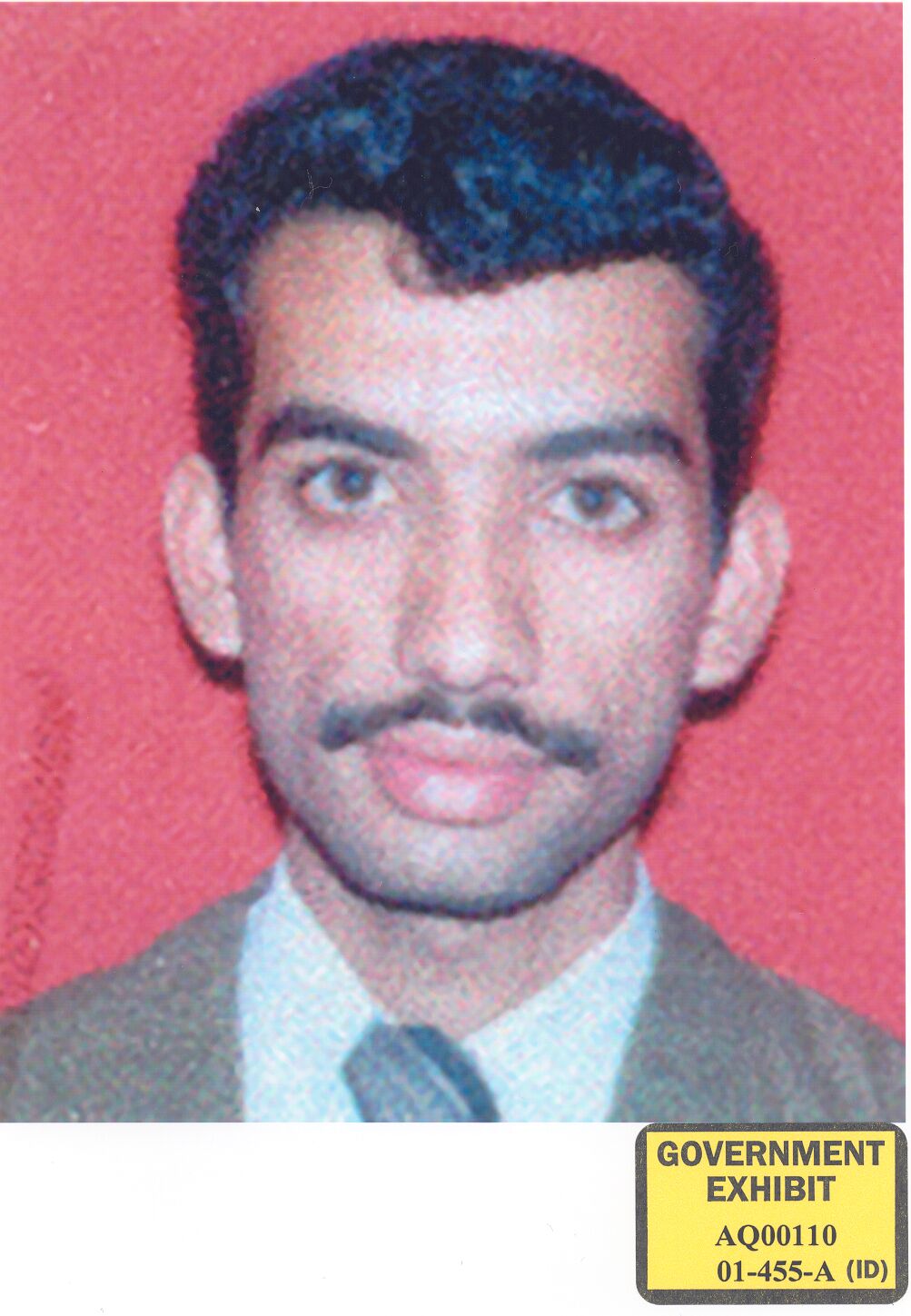
The 9/11 hijackers receive their largest transfer of money from overseas: $70,000, wired from the United Arab Emirates. On this day, hijacker pilot Marwan al-Shehhi receives $70,000 from Ali Abdul Aziz Ali, who used the alias “Isam Mansur.” Ali, who would also occasionally use the alias “Isam Mansour,” “Mr. Ali,” and “Hani (Fawaz Trdng),” was the main financial go-between in transferring money to the U.S. for the 9/11 attacks. The transfers were sent from the UAE Exchange Centre located in Bur Dubai, UAE.
At the time, the large transfer did not trigger banking suspicious-activity reports (SARs). Nor did any of the other transfers of money to the hijackers or the “musclemen” get reported. The 19 hijackers would use a variety of means—cash they brought into the U.S., foreign and U.S. bank debit and credit cards, foreign checking accounts from European and Gulf state banks, and traveler’s checks—to finance their activities inside the U.S. The Hamburg three, Mohammed Atta, Marwan al-Shehhi, and Ziad Jarrah all continued to maintain and use their bank accounts in Germany, which also evaded any special attention.
Overall it is estimated that the entire 9/11 operation, including flight training, travel, and more than a year’s residence in the U.S., cost no more than a half a million dollars. In theory, today such large transfers of money would provoke closer government scrutiny, but post-9/11 rules regarding financial reporting of transactions ultimately have more of an impact on white-collar crime than domestic terrorism.